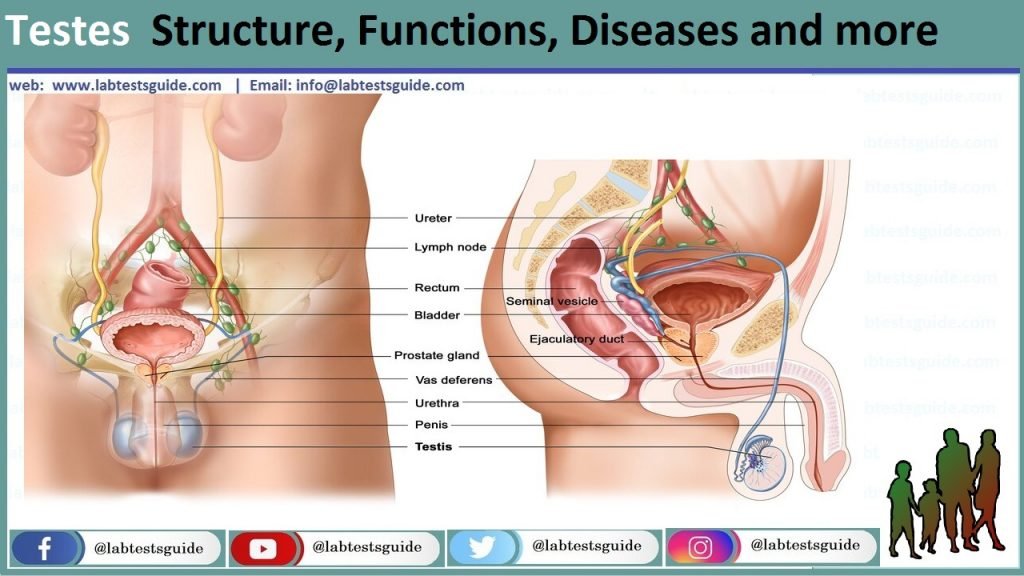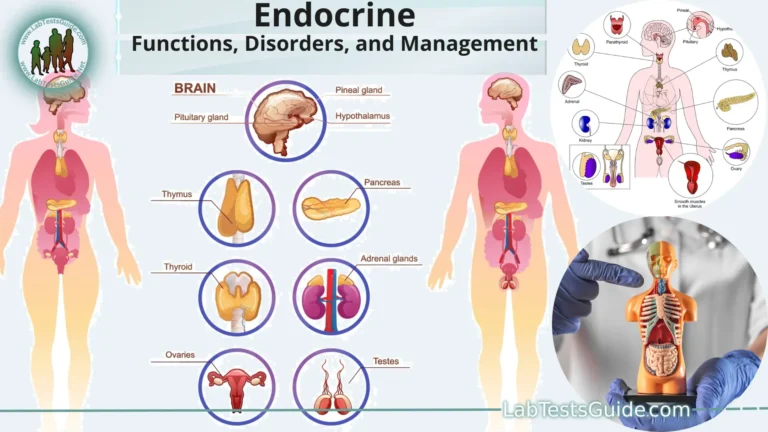The testes are the male gonads, the primary male reproductive organs. They have two very important functions that are very important to the male reproductive system: they produce gametes, or sperm, and they secrete hormones, primarily testosterone.

The testes, or testes, are oval-shaped organs located in the scrotum, just behind the penis and just in front of the anus in male humans. Each testicle weighs 0.35 to 0.5 ounces (10 to 15 grams), according to the Virtual Medical Center (VMC). They are usually 2 inches (5 centimeters) long, 1.2 inches (3 cm) wide, and 1 inch (2.5 cm) thick.
Testes Essentials:
- The testes secrete testosterone, which is necessary for proper physical development in boys.
- In adulthood, testosterone maintains libido, muscle strength, and bone density.
- Disorders of the testes are caused by too little testosterone production.
Functions:
In addition to sperm, the testes also produce male hormones called androgens. Androgens control how the male reproductive system grows and the development of “masculine” body features, such as beards and a deep voice. They also influence sexual functions.
Testosterone is the most common form of androgen. It is responsible for the growth of the male genitalia and the production of sperm. The testicles in a healthy man can produce about 6 milligrams of testosterone per day, according to VMC. However, this is not always the case.
“The testes produce 200,000 sperm per minute on average,” said Dr. Philip Werthman, urologist and director of the Center for Male Reproductive Medicine and Vasectomy Reversal in Los Angeles, California. However, “as a man ages into his 30s, the amount of testosterone produced by the testicle begins to decline and continues to decline.”
Testicular disorders: hypogonadism:
Hypogonadism is a testicular disorder associated with low testosterone levels. Having testosterone levels that are too low causes a variety of problems, including:
- Decreased sex drive
- Decreased muscle mass
- Low sperm count (reduced fertility)
- Loss of body hair
There are two types of hypogonadism: primary and secondary. Primary refers to a defect in the testicles and secondary implies a problem in the pituitary gland that indirectly affects the production of testosterone.
The condition can be caused by many things and is usually the result of:
- Aging
- Defects in the pituitary and / or hypothalamus, such as pituitary tumors (which negatively affect the ability of the pituitary to function normally) and high levels of prolactin (too much hormone causes a drop in testosterone levels)
- Medicines
- Testicle-based conditions, such as severe injury and radiation or chemotherapy, can lower testosterone levels
The testicles play a vital role not only in the male reproductive system, but also in the endocrine system. The release of the hormone testosterone is essential for the healthy development of male physical characteristics.
Possible References Used







If you Alpha FETO PROTEIN reads 12.10 what does this indicate?